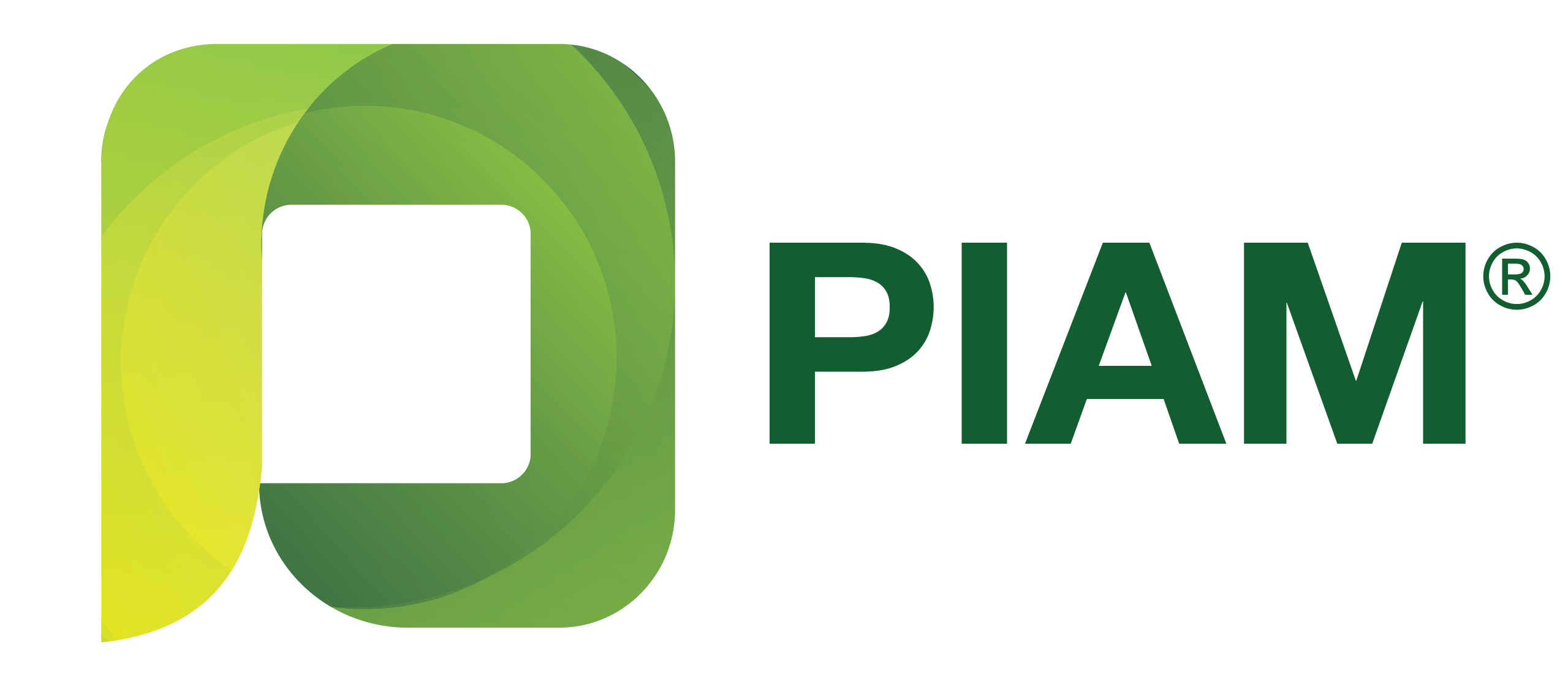Share Now
1.Please share with us the type of home/property insurance coverage available for homeowners and home buyers.
Buying a house is most likely the biggest investment for most people, yet, many people are not aware if they have taken up adequate home insurance to protect their property assets.
Generally, there are three main types of policies which homeowners can buy to protect their assets:
a) Basic Fire Insurance that provides homeowners with coverage for the building only and cover loss or damage by fire, lightning or explosion.
b) Houseowners’ Insurance that provides additional coverage compared to the basic fire policy. It includes loss or damage due to perils as below:
- Fire, lightning, thunderbolt, subterranean fire
- Explosion
- Aircraft and other aerial devices
- Impact with any of the buildings by any road vehicle or animals not belonging or under the control of the insured or any member of his family
- Bursting or overflowing of domestic water tanks, apparatus or pipes
- Theft but only if involved forcible entry or exit
- Hurricane, cyclone, typhoon, windstorm
- Earthquake, volcanic eruption
- Flood but excluding loss or damage caused by subsidence or landslip
In addition to the above perils covered, the following coverage is also included under a Houseowners’ Insurance:
- Loss of rent (not exceeding 10 percent of the total sum insured) in the event the private dwelling house is damaged by the insured peril so as to render the private dwelling house no longer habitable.
- The insured’s liability to the public as owner of the premises in respect of bodily injury or damage, up to RM50,000 in respect of any one occurrence, including the legal costs and expenses incurred by the insured with the consent of the company or recoverable from the insured by any claimant.
c) Householders’ or Content Insurance that cover your household contents and includes coverage for fatal injury to you (the insured) due to external or visible violence caused by thieves or by fire.
If you wish to have comprehensive cover for your property and its contents, you should buy both the houseowner and householder policies.
2.What are some of the reasons people should insure their home? Any difference for insurance policy for landed properties vs strata-titled properties?
While home insurance offers asset protection and peace of mind, it took the recent flash floods and bush fires to highlight the importance of having appropriate and adequate insurance coverage to protect their property assets.
Many home owners suffered financial losses and damages to their assets as a result of being uninsured or underinsured. We believe the misconceptions and unfamiliarity with the insurance benefits and limitations contribute to the low awareness to acquire appropriate insurance coverage.
The principle of average that applies in the case of an underinsured property is as follows:-
Example:
Original property value : RM 400,000
Loan Taken : RM 300,000
A few years later, say the home is broken into. At that point, the property value had appreciated to RM 500,000. The loss due to theft is RM 200,000. Being an underinsured case, the principle of average applies. Is this the correct calculation?
Sum Insured : RM300, 000 x Loss: RM200, 000 = RM 120,000
Rebuilding cost : RM500, 000
* Rebuilding cost reflect the appreciated property value. Hence, the insurance company will only pay RM120, 000 instead of RM200, 000 for the loss.
No. There is no difference for coverage on home insurance between landed properties and strata-titled properties. The three insurance policies cover properties are fire insurance, houseowners’ insurance and households’/content insurance.
For Strata-titled properties, it is the duty of the Management Corporation of a strata-titled building to ensure that the building is insured to the replacement value. Normally, apartments and condominiums would be insured under a fire policy by the Management Corporation which would provide insurance against accidental loss or damage due to fire and lightning.
In view of the increasing numbers of natural disaster, the Management Corporation can extend this fire policy to cover accidental loss or damage from other causes e.g. storm, flood, explosion, impact damage, riot, strike and malicious damage, subsidence and landslip, bursting and overflowing of water tanks and pipes, etc.
3.Most homeowners take an insurance coverage because it is compulsory when the owner takes a loan. Could PIAM provide me with an estimate as to how many actually continue insuring their home?
Unfortunately, the Association does not keeps statistics that help us gauge the percentage of residential properties that are insured against those that are not.
Nevertheless, it is a fact that many homeowners insure their homes against fire and other perils because it is a compulsory requirement under their housing loan and they must continue to do so for the tenure of the loan period.
It is, of course, beneficial for the homeowner to continue to insure the property even after the loan has been settled in order to protect against accidental loss of the property due to fire or other accidents. It is obviously a fallacy to believe that once the loan is settled the possibility of damage or loss to the property no longer exists. Furthermore, the amount to be insured for the property should be reviewed regularly as the prices of properties appreciate or renovations or enhancements have been made to your property. If the property is insured at lower than the market value, the insured is deemed to “self-insure” the difference. In the event a claim is payable under this circumstance, the total claim amount payable by the insurers will be reduced proportionately because part of that claim is “self-insured”.
4.Should the buyer buy flood coverage if he lives in a flood prone area? How’s the percentage for the flood coverage calculated? Is it dependent on the area of time of year?
PIAM believes that not all consumers are fully aware of the availability of insurance policies to cover their home investments from flood and certain perils. Where houseowners’ insurance on the building is concerned, the tendency in the majority of cases is to leave these insurance arrangements to the financial institutions which provide financing or loans to the owners. This seems to be a very common feature of home ownership and, unfortunately, does not involve the homeowner actually having to obtain a higher level of information about the insurance product itself.
PIAM would strongly advise consumers to make a very informed decision on buying flood cover to protect your property and contents therein, irrespective of whether one lives in a flood prone area or not. This is in view of the frequent flash floods that have occurred in areas we may not have envisaged it would have happened, and if it happens, it may be a bit too late as your property or the contents therein may have been damaged by the flash flood.
The rate charged for flood cover is tariffed, that is, it is a standard rate charged irrespective of the area you live in and can be purchased at any time of the year.
5.Do all insurance companies have the same terms & conditions for the fire, houseowners’ & householders’ insurance or does it differ. If it differs, what is basis?
Yes, the Fire Policy is currently a tariff class of business. The basic premium is calculated based on a standard fire tariff rate prescribed by PIAM and is charged based on the class of construction of the building and the sums insured.
To avoid under/over insurance, PIAM would like to remind property owners to do a yearly review of your property and possession before renewing your policy to ensure adequate coverage. On the other hand, take into account any depreciation costs as you may not want to pay more than necessary.
When purchasing a householder policy to cover your contents, make sure that all household goods and personal effects (i.e. any personal items regularly worn or carried on the person for his personal use) belonging to you and your family normally residing with you are covered.
Under the Householder Policy, it is stated that the cover for contents is limited to five (5) percent of the Total Sum Insured on contents, unless such article is specifically declared as a separate item. Also the total value of platinum, gold and silver articles, jewellery or furs to be insured shall not exceed one third of The Total Sum Insured on Contents. If a higher sum insured is required for these items, then the insured will have to consider to purchase other insurance to specifically insure such items.
It is important to keep documents that show the proof of ownership and the value of items insured. Photographs of your valuable items, if available, may also be very helpful in the event of a claim.
6.Do any of these 3 insurance types cover landslide occurrence? What are the recommended insurance type that residential and strata-titles property owners should apply for?
The standard houseowner/householder policy does not cover loss or damage to the property caused by subsidence and landslip and riot, strike and malicious damage. The policy may be extended to cover these perils with payment of an additional premium. Should only a basic fire policy be taken, the common standard perils covers available in the Fire Tariff can be purchased with the payment of additional premium.
The choice on the type of insurance to be purchased is really the prerogative of the home owner. Since the homeowner’s policy provides a wider coverage compared to a basic fire policy with a slightly higher premium only, PIAM recommends home owners to consider buying this type of insurance to protect your property.
For properties with strata titles such as flats, apartments and condominiums, it is mandatory for the Management Corporation (MC) to purchase fire insurance for the whole building. The individual unit owner is required to pay to the MC his/her respective premium portion. Individual unit owners may wish to consider to purchase additional insurance to cover other perils such as flood, subsidence and landslip, etc. that may not be taken by your MC, including insurance cover for the contents of your unit.
7.Could PIAM share with us some of the common challenges that the insured face during claim process and the reasons behind them & measures to resolve them.
One of the most common challenges faced is the issue of under-insurance. This is because most home owners do not take into account the market value or rebuilding cost of the house when insurance is taken, including any additional renovations or enhancements that may have been made over the years, thus adding to the insured value. Policyholders are reminded to ensure that their property is adequately insured. It is important to understand this should not done for the sake of saving on insurance premiums.
We provide below some Do’s and Don’ts when purchasing a property insurance:-
Do’s
Ensure that you have insured your property adequately, taking into account the renovations and enhancements made to your property.
You should disclose fully all material facts/information required in the proposal form.
Read and understand all the terms and conditions of the policy.
Be punctual in the payment of your premiums as your policy may be cancelled if payment is not received within the stipulated time allowed in the policy.
Don’ts
Do not sign blank proposal forms.
Do not over-or under-insure your property.
Do not hide true details or information required in the proposal form.
Do not be pressured into buying additional covers you do not require for your property.

